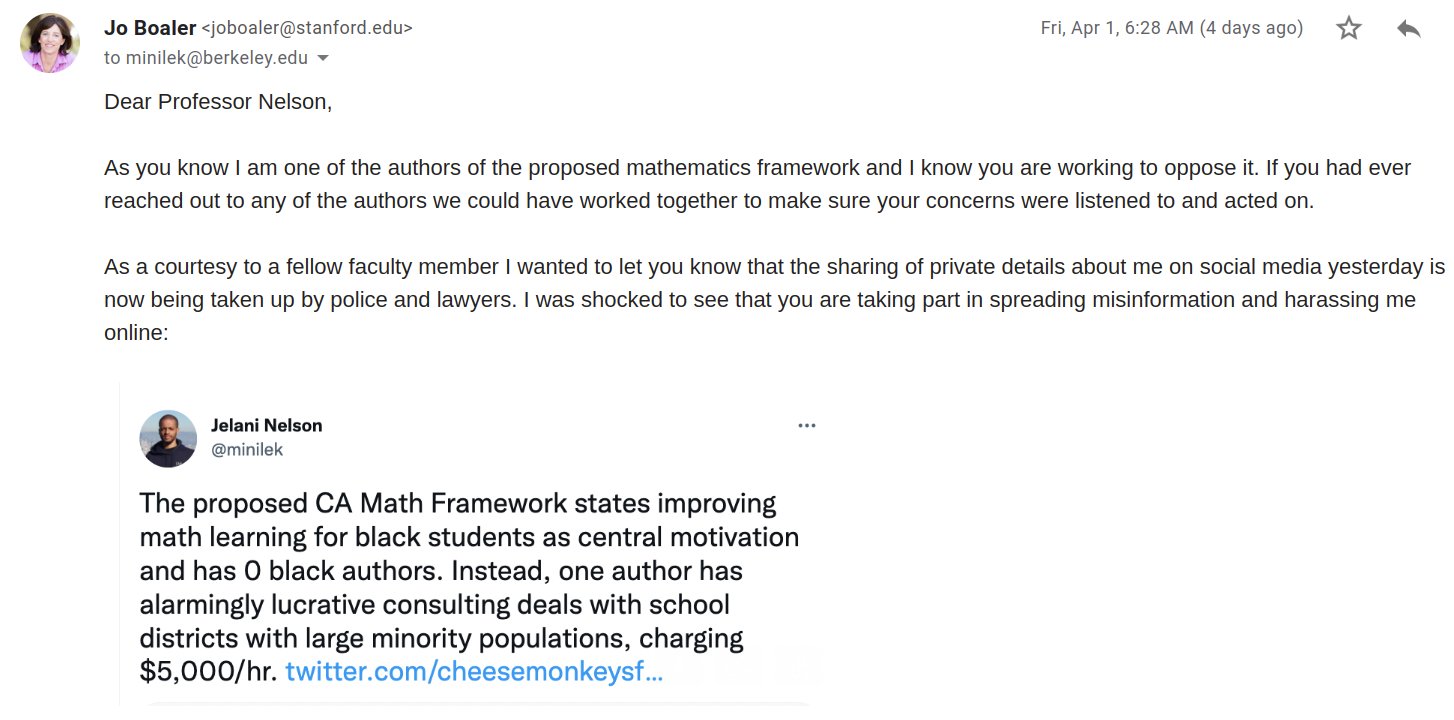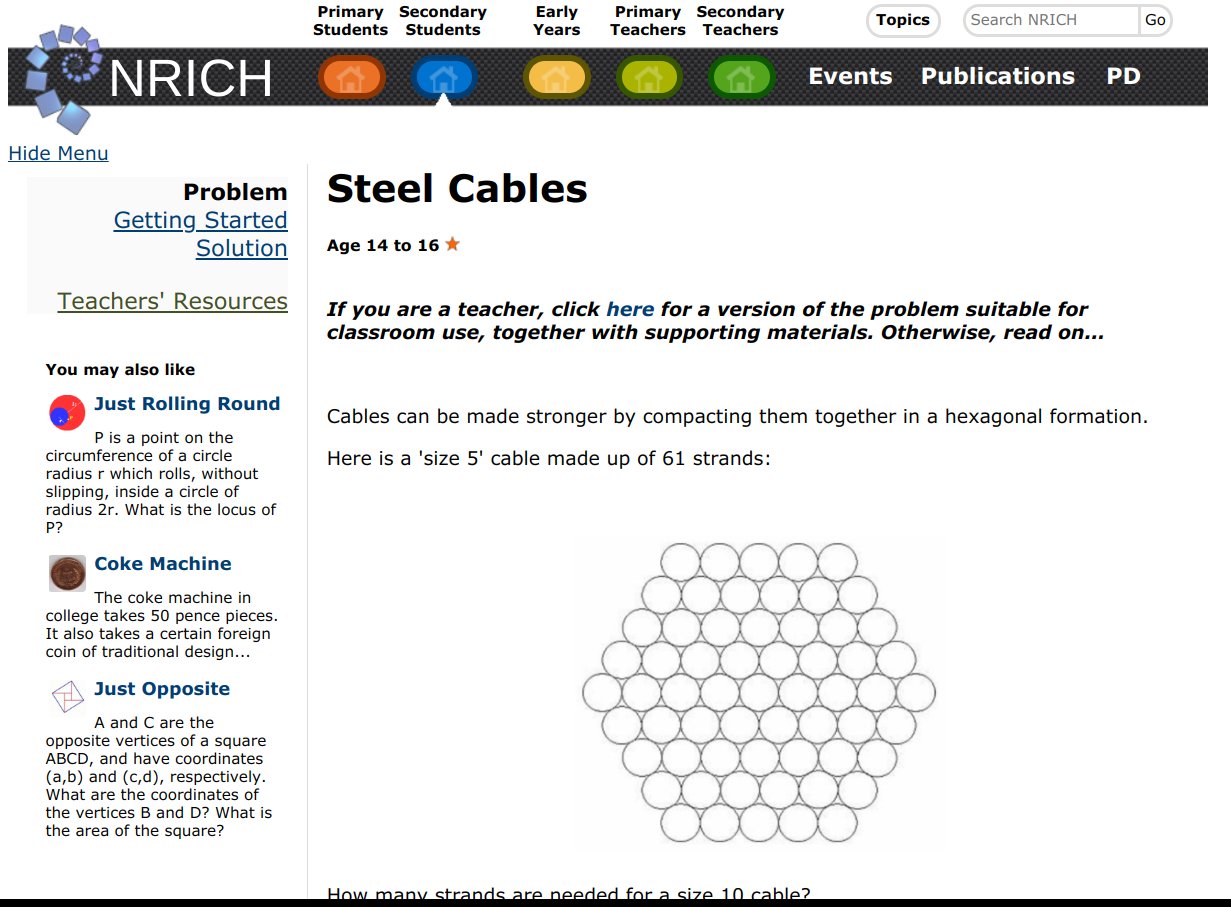This is a story in three parts, corresponding to three excellent books about the habits of American elites. Those books are:
Pedigree: How Elite Students get Elite Jobs by Lauren A. Rivera
The Sum of Small Things: A Theory of the Aspirational Class by Elizabeth Currid-Halkett
Privilege: The Making of an Adolescent Elite At St. Paul’s School by Shamus Rahman Khan
And, before getting lost in sociology, here is an attempt at summarizing what I took from these books into some bullet points:
- Education is more important than ever for helping rich people stay rich.
- For elites, education is sort of about academics, but it also is about how to act rich. (“Act elite,” if you prefer.)
- There is competition for elite jobs, but to even qualify for those jobs you have to act elite. Knowledge is more like a minimum. How you act, socially, is what will get you hired.
- A lot of what happens in less-elite spaces is like a watered down version of this dynamic.
This won’t be a comprehensive defense of these ideas, or really a comprehensive anything. But, taking this one book at a time, let’s look at where this picture comes from.
Pedigree
“Pedigree” is about three of the highest paying entry-level jobs in America: corporate law, management consulting, and investment banking. (A brief afterward notes that this book was researched pre-2008. Investment banking is now no longer quite the party that it was, and tech is a bigger part of this picture.)
For her reserach, Rivera interviewed a bunch of people and also worked in HR for one of the consulting firms. She gets some amazing quotes from her interviewees, who speak frankly about who they hire. The most basic fact is that they hire almost exclusively from elite colleges, and a very particular slice of them at that:
We purposely only target certain institutions, so … if [you] didn’t go to the right school, … the odds are stacked against you more … You will find it when you go to career fairs … Someone will show up and say, “Hey, I didn’t go to Harvard Business School, but I am an engineer at MIT and I heard about this fair, and I wanted to come and meet you in New York.” God bless him for the effort, but it’s just not going to work. I mean you never know, but from our experience, we just don’t have the resources. We don’t give that person as much of a chance.
It’s hard to argue that these firms are looking for the “best and the brightest” if they ignore MIT candidates. And, indeed, everybody pretty much admits that this is not the case. This stuff is “not rocket science,” one says:
We like to interview at schools like Harvard and Yale, but people who have 4.0s and are in the engineering department but, you know, don’t have any friends, have huge glasses, read their textbooks all day, those people have no chance here….I have always said, [my firm] is like a fraternity of smart people.
The point is that intelligence is a bar to be cleared, a minimum requirement. Being smarter than the field won’t get you hired, as a matter of fact it might work against you. But what does matter? Your pedigree (e.g. your fancy degree), your social fit (e.g. ability to talk about interesting things), and your polish (e.g. the right degree of confidence).
There is a certain “type of personality” that these firms are looking for. You’re supposed to have interests outside of work, but they can’t be larks. It’s not enough to say, “hey I like crocheting.” You have to be, like, systematically devoted to achieving as a crocheter. You can’t just jog for fun; you want to be a ultra-marathoner, working to beat your own personal best. You can’t like beaches; you have to love exploring other cultures. It’s an ethos of achievement and winning via the ability to act knowledgeable and sophisticated. It goes without saying, this is about acting rich.
Why is it important that these firms who can act the right way? Which is to say, why do they need to act like elites?
It’s partly about attracting the right sort of customers.
If you make a big hiring zoo at Harvard, a bunch of kids from Harvard will know the name of your company. One day down the line these kids will be rich and then need to have a company deal with a tangly legal problem. Who will they turn to? The one that they’ve heard of, the one that recruited on their campus and all their friends work at. Multiple interviewees make this explicit to Rivera.
The other way of seeing this, though, is that it’s about making potential rich customers feel comfortable. The firm acts like they do, even if they don’t make as much money. They talk similarly, dress the same way, share the same values, and so forth.
In short: Competition for positions is fierce, but not based entirely on skills or knowledge. To qualify for a job at a top firm, you have to exhibit a minimum of knowledge but most of all exhibit the appropriate set of social characteristics. Those social characteristics are easily attainable if you grew up in elite culture. If you grew up poor, you’re mostly out of luck.
“Pedigree” is about the elite of the elite, but we might wonder whether what Rivera observes is true for elites more generally. And in “The Sum of Small Things,” we get an answer, and that answer is basically “yeah.”
The Sum of Small Things
The “aspirataional class” is the New Yorker set. They shop organic, exercise regularly, and know interesting restaurants to eat at. They are not necessarily rich, though many are. They might be graphic designers, writers, journalists, and — less commonly — teachers who blog about sociology. Yes, it’s at this point that I can start pulling up a mirror, because “The Sum of Small Things” is most definitely about an Ivy-legacy who reads the New York Times on weekends. Hi, guys.
The “aspirational class” is not necessarily rich, but they (we) are elite. Which is to say, we potentially exhibit the kinds of social qualities that qualify us for the kinds of jobs featured in “Pedigree.”
“Pedigree” was about the kinds of knowledge an interests that help a graduate get into an elite firm. But a watered-down version of those qualities is instantly recognizable to anyone who is familiar with American admission into elite universities. Knowledge — as measured by grades or scores — is necessary, but not enough for elite admission. In interviews and personal essays you need to exhibit not just hobbies, but “extra-curriculars” that show you impose structure and ambition to your leisure time. Most of all, you should be interesting and knowledgeable about the world, good to talk to, someone who would fit in on campus.
The book is a mix of quantitative arguments and (mostly) cultural observations. Currid-Halket describes the aspirational class as “cultural omnivores”:
They pride themselves on going to hole-in-the-wall ethnic restauratns instead of Applebee’s, buying local farmers’ eggs, and wearing TOMS shoes because these signifiers of cultural capital reveal social and environmental consciousness, surely acquired in the pages of the New Yorker and at the elite universities they attended. Even if they have full-time careers, the attainment of such knowledge implies that they either have the conspiculous leisure time to read or stroll farmers’ markets, or that they value the acquisition of this type of information as a worthy use of their time.
Importantly, these cultural signifiers aren’t especially expensive. She brings data that lower and middle classes have actually increased their spending on stuff in recent decades. Access to big-screen TVs and motorcycles has never been greater. Partly because of this, she argues, these possessions have lost their allure as class signals. As it gets easier to knock off expensive items in slightly cheaper versions, it’s harder to use fancy posessions to indicate social status. (Though, of course, not impossible, especially at the highest levels of wealth.)
Instead, elites have started signalling status with inconspicuous consumption, the sort of not-necessarily-expensive spending that shows knowledge and discernment on the part of the spender.
A key part of this argument is that this is making inequality worse in the US. Why? Because elites spend thoughtfully in ways that actually matter: on healthcare, child care, and especially education.
Currid-Halkett view of culture is as of a giant recursive loop, positively feeding back on education. Many of the things that matter in America have been growing more expensive, and life has not improved for the lower or middle classes in decades. The top 10% or so of earners have the means to invest in things that really do matter for improving one’s “life chances”:
Investing in a child’s secondary education, being able to afford fruits and vegetables and regular health checkups, even having the time to breat-feed, all give the next generation a leg up. Having “arrived” used to mean the minivan adn the suburvan house, but those dont’ get the kids into a good university, and that university (and being able to write the tuition check) is increasingly what divides thr ich from everyone else.
Just as you have to qualify socially to compete for elite jobs, you have to qualify socially to qualify for elite educations and the top 10% of jobs. This is not longer the elite-of-the-elites but the wider range of doctors, lawyers, managers, creatives, writers, journalists and much else. The same dynamics present in “Pedigree” play out at a larger scale in “The Sum of Small Things.”
But can an education really inculcate this culture? For that we can turn to Shamus Khan’s “Privilege,” my favorite of the bunch.
Privilege
Shamus Khan spent a year teaching at St. Paul’s School (an elite US boarding school) while interviewing students and faculty for this book. He gets the clearest picture of how school can produce elite culture, the sort of thing that is most clearly in line with the needs of “top” colleges in the US.
I find a Books and Ideas interview with Khan a pretty clear window into what he saw at St. Paul’s. Part of elite culture is the notion of being a “cultural omnivore”:
It is the idea that high status people have gone from being snobs to being omnivores, that they have gone from people with very particular cultural tastes (say a taste for classical music) to people with quite varied tatstes (from classical music to hip hop or rap or rock music, to jazz…) […] The way the new elite distinguishes itself is as being the most inclusive, democratic, open. This promotes the view of the world as a kind of space of opportunities in Thomas Friedman’s sense of the flat world. It is the people who see its wideness who are able to be successful. Who are the closest minded people, the most likely to listen to their very small range of things, heavy metal or country music? It is poor people.
It’s these kinds of habits that students learn at school. And if you haven’t been brought up this way, you won’t be able to hide it. Your class is permanently printed on your tastes and values.
Khan, along with the other two authors, are well aware that this has always been the case. What all three authors would argue, I think, is that what’s different is the invisibility of these cultural markers. Today’s elites don’t think of themselves as rich or elite as much as they think of themselves as smart, capable, healthy, worthy. Education — and especially at the university level — is kind of like money-laundering. You take the benefits of class and school turns them into knowledge and values.
It’s not that this makes inequality worse, I think. It just makes class invisible, and Americans have never had a harder time seeing it. That’s the argument, I think. And it means that there is really no way for poor kids to get into Harvard. You can’t make up the class gap.
***
So, to wrap up:
- Class matters in American society.
- For elites (broadly speaking) it matters by raising young people with a minimum baseline of academic knowledge but (more importantly) with the correct tastes, values, interests.
- These things are at a certain level about acting rich — interesting, worldly, interested in the right things, acting smart in a way that is essentially flattering.
- If the very rich like acting a certain way, then to a certain level so will the next level down, if they want to have elites as customers.
This basically closes the loop. There are maybe a few other ways out there for people to rise up in American society. (I think a lot of them come through math and science, which probably explains some of the intense feelings surrounding math education in the US.)
These are the basic facts about America — invisible class lines that are drawn much stronger than you might expect. And, in a certain way, it’s all about what it means to act rich and how much education is needed to learn to do it right.






















